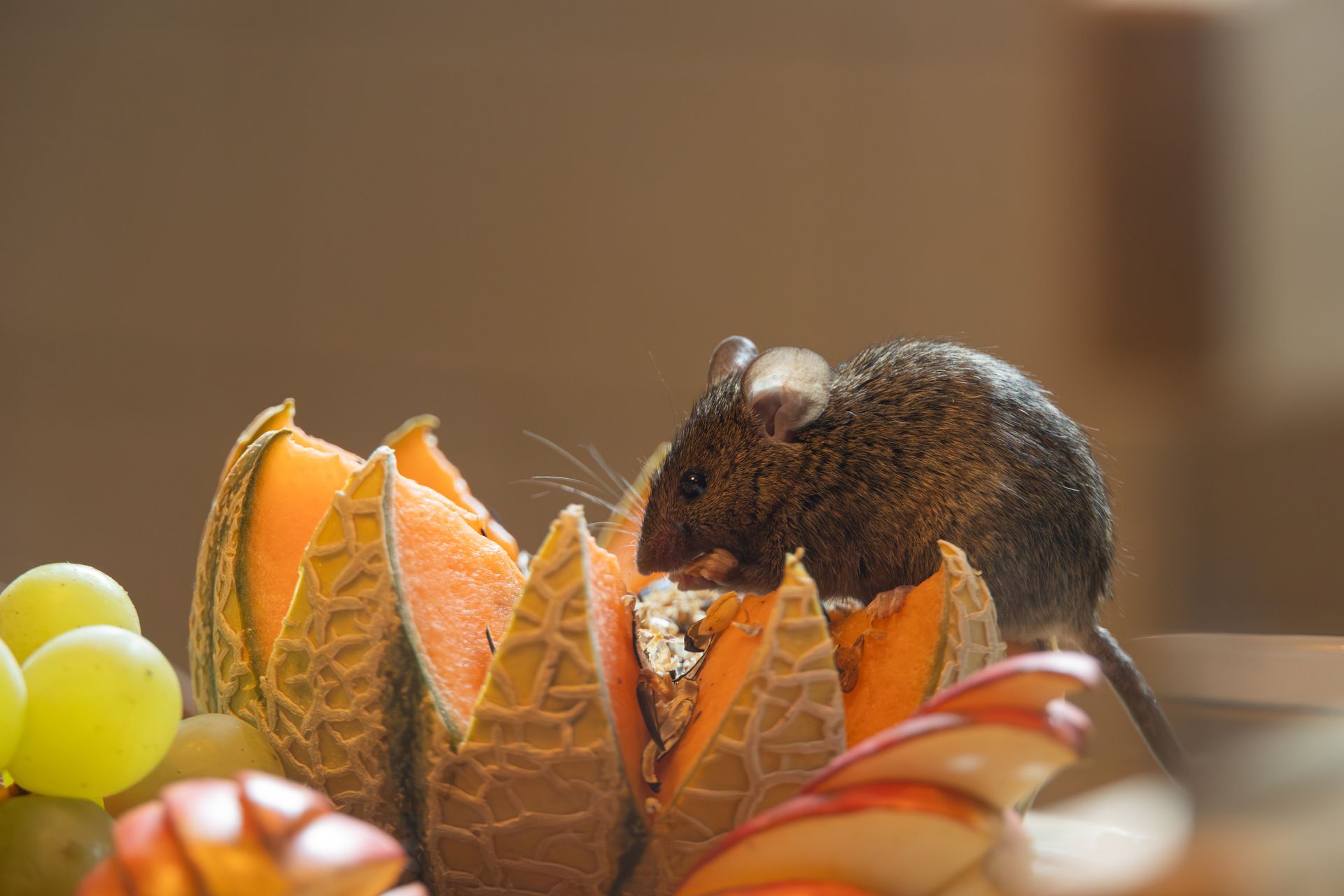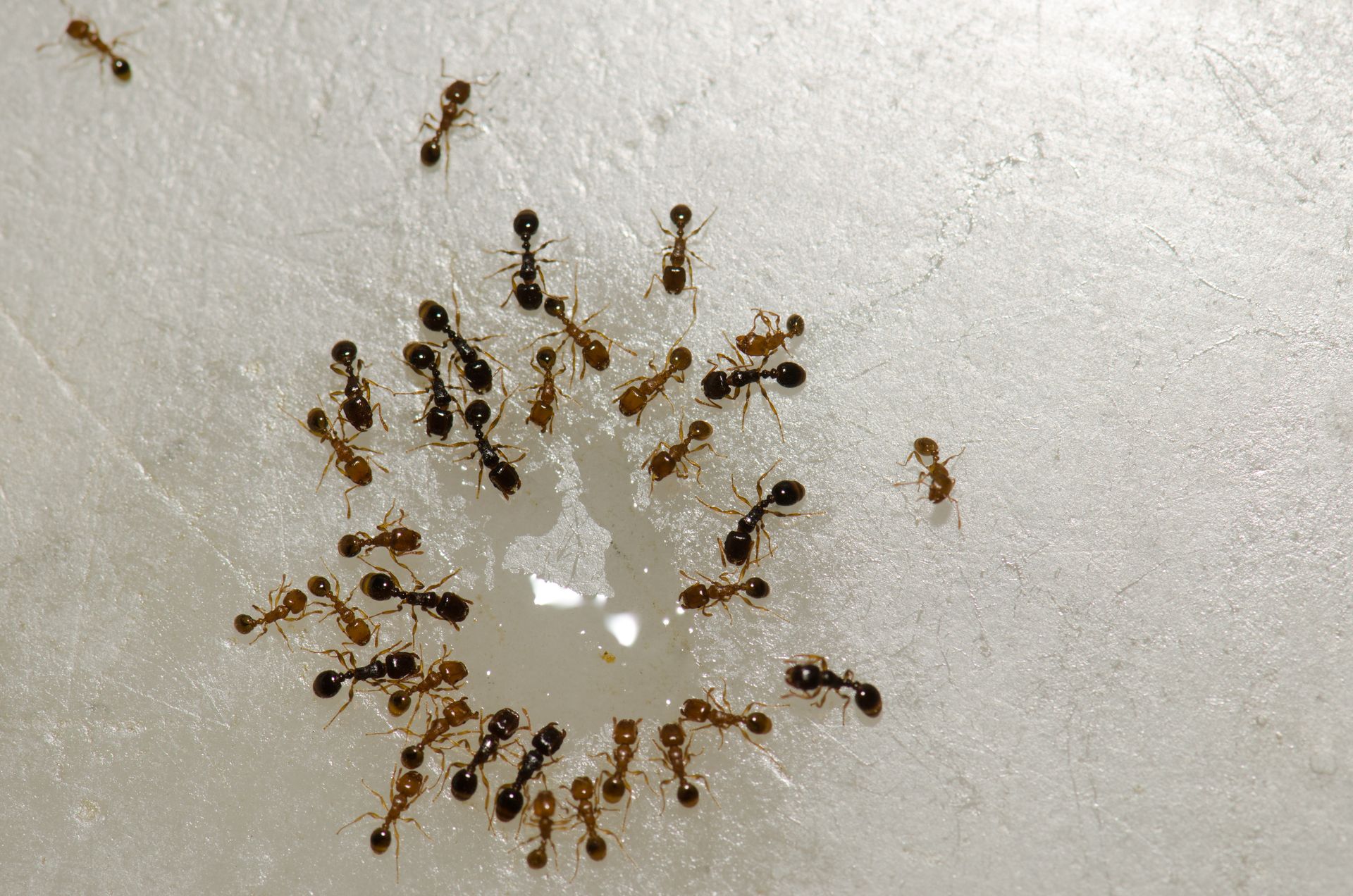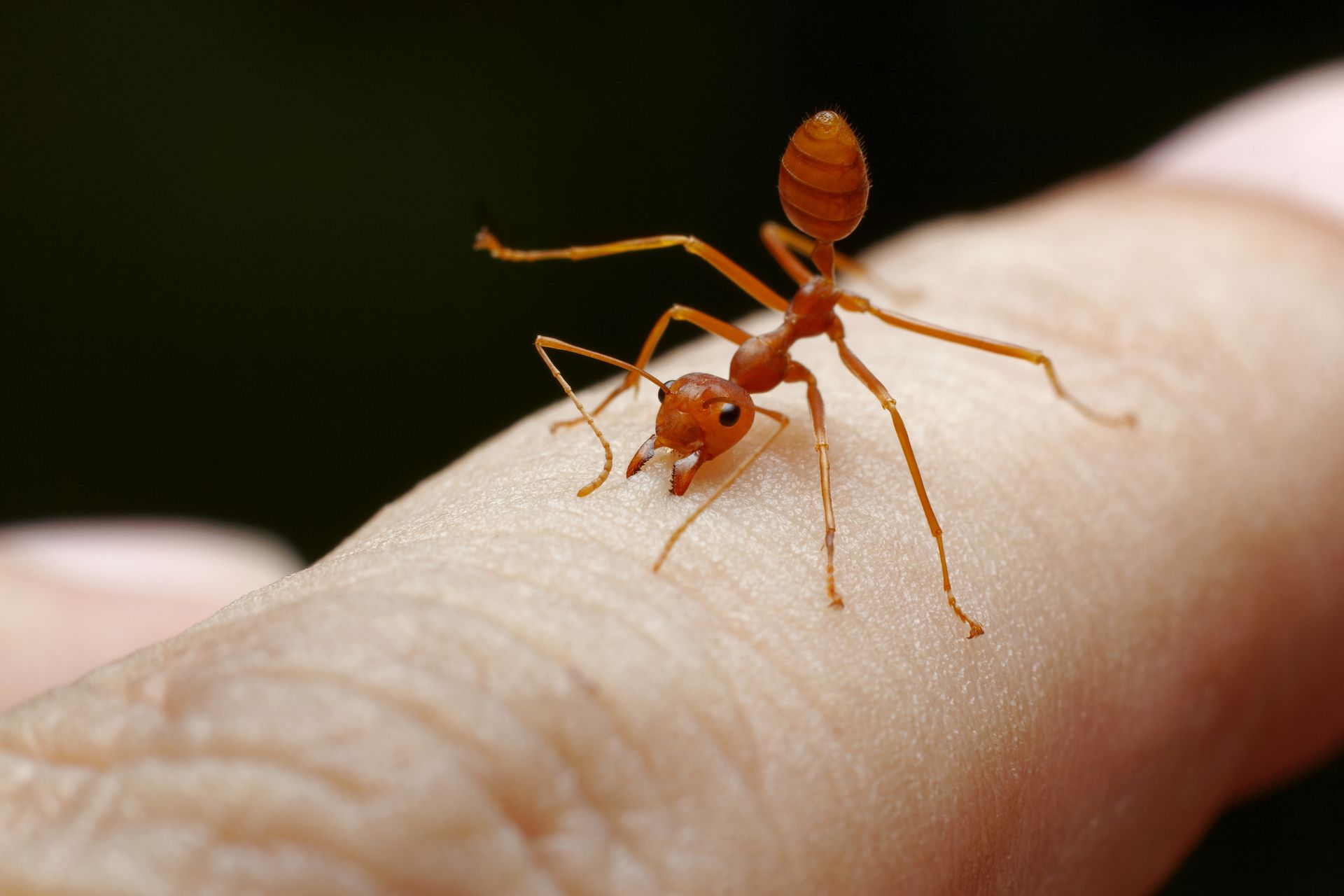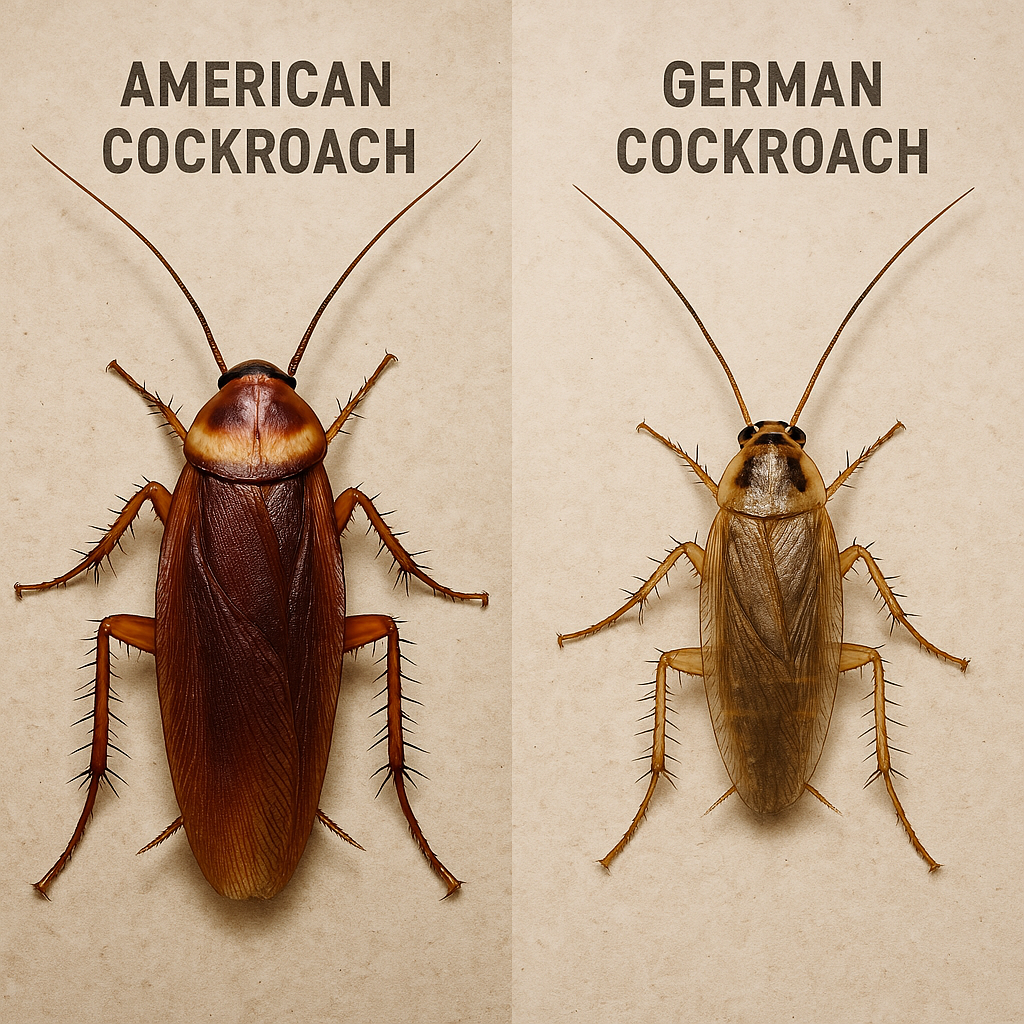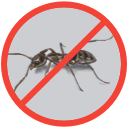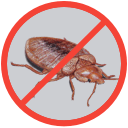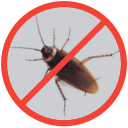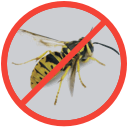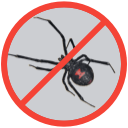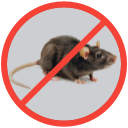When is Ant Season?
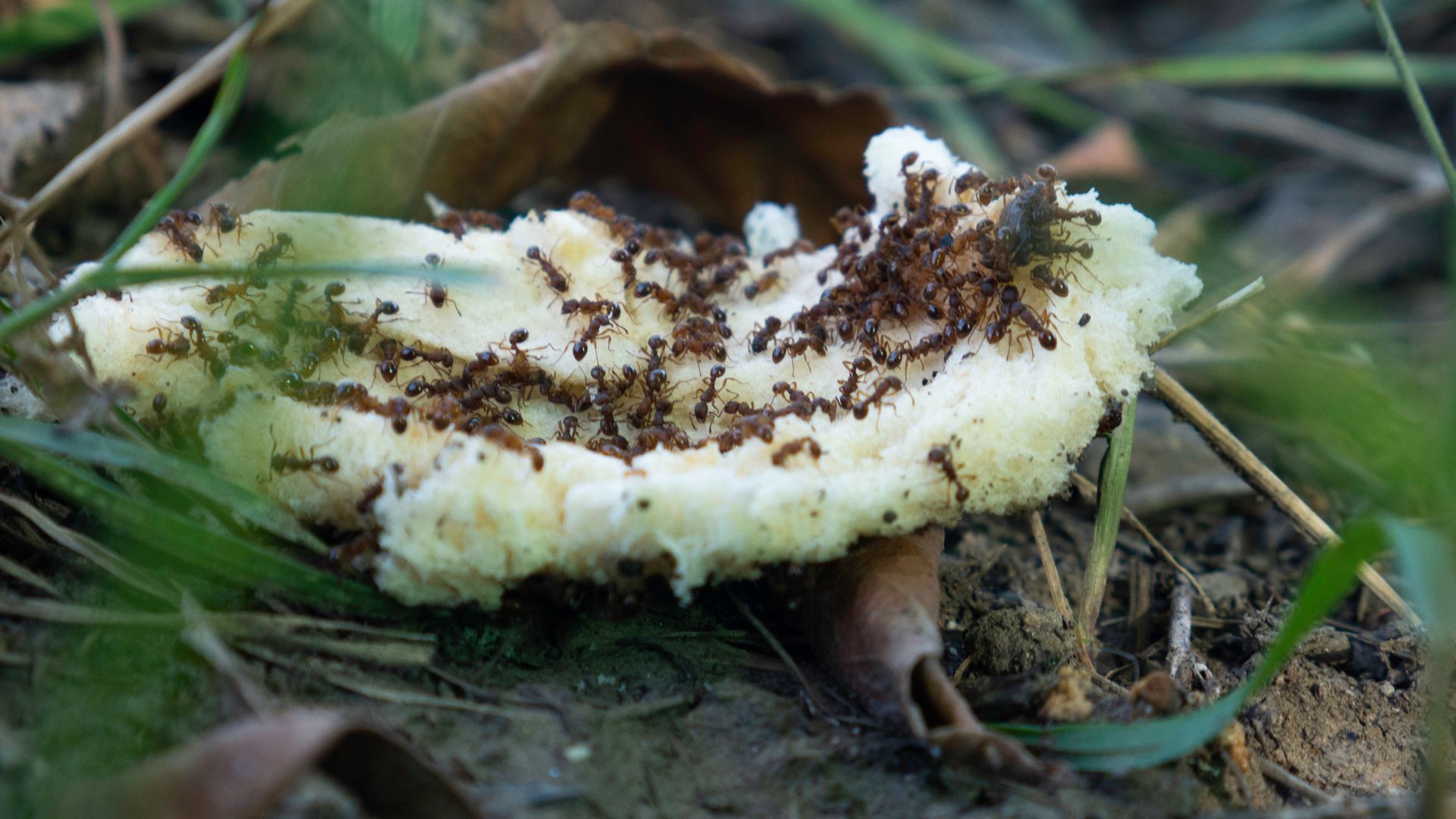
Ant activity patterns in the United States vary by species and region, with many temperate species showing increased activity from spring through fall. However, ant activity patterns vary significantly based on species, geographic location, and environmental conditions, making it essential for property owners to understand the complex factors that drive these persistent insects throughout the year. Understanding ant seasonal behavior helps homeowners and property managers anticipate infestations and implement effective prevention strategies before populations surge. The timing of ant activity directly correlates with temperature fluctuations, food availability, and moisture levels which are factors that determine when colonies emerge from winter dormancy and begin their most aggressive foraging periods.
Seasonal Ant Behavior
Ant activity patterns follow predictable seasonal rhythms that directly correspond to temperature changes and resource availability throughout the year.
Spring (March-May): As soil temperatures consistently reach 50-60°F, colonies emerge from winter dormancy and begin aggressive foraging activities. Worker populations expand as warmer conditions trigger increased metabolic activity and nest maintenance behaviors. This emergence period often catches homeowners off guard, as ant activity can surge rapidly during just a few warm days.
Summer (June-August): Peak colony activity occurs during hot months when optimal temperatures accelerate ant metabolism and reproduction. However, extreme heat above 95°F can force temporary retreats to cooler nest areas during midday hours. Summer represents the period of maximum colony expansion and the highest likelihood of indoor invasions as ants seek moisture and climate controlled environments. Most ant species also conduct their nuptial flights during late spring and summer months when conditions are optimal for reproductive success.
Fall (September-November): Colonies intensify foraging efforts to gather and store resources for winter survival. Some ant species, particularly those in the genus Myrmica, produce winged reproductive ants during early fall, though the majority of species complete their nuptial flights earlier in the year. Fall activity often surprises property owners who assume ant problems end with summer heat.
Winter (December-February): Most outdoor colonies enter dormancy or significantly reduce activity levels, although indoor infestations may persist year round in heated buildings. Ants cluster deeper in nests, rely on stored food reserves, and maintain minimal activity levels until spring warming triggers renewed emergence.
What Time of Year are Ants Most Active?
Research from Oklahoma State University demonstrates that ant foraging activity peaks when soil temperatures reach optimal ranges, typically occurring between late spring and early fall [1]. In the United States, the highest levels of ant activity generally occur from May through September, with regional variations based on climate zones.
Northern States (Zones 3-6): Peak ant season runs from late April through early October, with maximum activity during July and August when temperatures consistently remain above 70°F.
Southern States (Zones 8-10): Ant activity extends from March through November, with dual peaks during late spring (April-May) and early fall (September-October) when summer heat subsides.
Western States: Desert regions see pronounced spring activity (March-May) before extreme summer temperatures force ants into midday dormancy, followed by a secondary peak in fall.
Factors That Influence Ant Activity
Temperature
Temperature serves as the primary driver of ant activity patterns, with most species thriving within specific thermal ranges. Optimal foraging temperatures for common US ant species fall between 60°F and 90°F. During cold extended cold periods ants’ metabolism slows, while extremely high temperatures can force colonies to seek shelter to prevent overheating.
Research on imported fire ants in Oklahoma revealed that soil temperature measurements explained significant portions of foraging activity variation, with soil temperature at 2 cm deep accounting for 32% of the variability, while combined temperature and seasonal models explained up to 78% of the variation. This temperature dependency means that seasonal ant activity patterns closely mirror local climate conditions, with earlier emergence in warmer regions and delayed activity in northern states.
Moisture and Humidity
Moisture availability significantly influences ant behavior, particularly during dry periods when colonies must venture further from their nests to locate water sources. Properties with excessive moisture from leaky pipes, poor drainage, or high humidity levels become prime targets for ant invasion during summer months.
Conversely, drought conditions can trigger increased indoor activity as outdoor water sources become scarce. This explains why homeowners often experience ant problems during extended dry spells, even when temperatures remain optimal for outdoor activity.
Food Availability
Seasonal changes in food availability directly impact ant foraging patterns and timing. Spring emergence coincides with increased plant activity and the return of other insects that serve as protein sources for ant colonies. During fall months, ants intensify foraging efforts to gather and store resources for winter survival, leading to increased activity around food sources.
What Time of Day Are Ants Most Active?
Daily activity patterns vary significantly among ant species, with most following either diurnal (day-active) or nocturnal (night-active) schedules. Common US ant species exhibit the following daily patterns:
Morning Activity (6:00 AM - 10:00 AM): Most diurnal species, including pavement ants and sugar ants, show peak foraging during morning hours when temperatures are moderate and humidity levels remain optimal for outdoor activity.
Afternoon Patterns (12:00 PM - 4:00 PM): Activity levels often decrease during hot afternoons as ants retreat to cooler nest areas. However, in northern climates or during cooler weather, afternoon foraging may intensify.
Evening Surge (5:00 PM - 8:00 PM): Many species experience a secondary activity peak during evening hours when temperatures cool and humidity increases, creating favorable foraging conditions.
Are Ants More Active at Night?
Several important ant species in the United States display nocturnal behavior patterns. Carpenter ants, one of the most structurally destructive species, conduct most of their foraging activities from dusk until dawn. This nocturnal preference allows them to avoid daytime predators and extreme temperatures while searching for moisture and food sources in and around buildings.
Research indicates that nocturnal ant species benefit from reduced competition with diurnal species and can exploit resources during cooler nighttime temperatures. Property owners dealing with carpenter ant infestations often notice increased activity during evening hours when workers emerge from wall voids and wooden structures to forage.
Species Specific Activity Patterns
Carpenter Ants
Carpenter ants exhibit strong nocturnal preferences, with peak activity occurring between sunset and sunrise. These large black or dark brown ants prefer temperatures between 50°F and 80°F and are most active during spring and early summer when they establish new colonies.
Fire Ants
Imported fire ants demonstrate temperature dependent activity patterns, foraging most actively when soil temperatures range between 70°F and 85°F. In southern states, fire ants may forage year round during warm weather but reduce activity during winter months.
Sugar Ants (Odorous House Ants)
These small dark ants show strong diurnal patterns, with peak activity during morning and evening hours when temperatures remain moderate. Sugar ants become particularly active during spring months when seeking new nesting sites.
Regional Variations in Ant Season
Climate differences across the United States create distinct regional patterns in ant activity timing.
Southeast Region: Extended ant season from February through December, with brief winter dormancy periods only during extreme cold snaps.
Northeast Region: Concentrated ant season from late April through October, with complete winter dormancy from November through March.
Southwest Region: Dual season pattern with spring activity (March-May) and fall resurgence (September-November), interrupted by summer heat dormancy.
Pacific Northwest: Moderate activity levels from April through October, with consistent moisture levels supporting steady population growth.
Signs of Seasonal Ant Activity
Recognizing early indicators of ant season helps property owners implement timely prevention measures. Key signs include:
Early Spring Indicators: Single scout ants appearing indoors, particularly around kitchens and bathrooms where moisture and food sources are available.
Mid-Season Signs: Established ant trails, small mounds of excavated soil near building foundations, discarded wings from early nuptial flights, and increased sightings during typical daily peak hours.
Late Season Activity: Increased indoor activity as ants move inside to avoid dropping temperatures and wet weather.
Weather Pattern Impacts
Specific weather conditions can significantly alter typical ant season timing and intensity. Extended warm periods during winter months may trigger premature emergence, while late spring cold snaps can delay normal seasonal activity.
Rain Effects: Heavy rainfall often drives ants indoors seeking dry shelter, leading to sudden indoor infestations even outside typical peak seasons.
Drought Impacts: Extended dry periods intensify ant activity around any available moisture sources, including air conditioning condensation and irrigation systems.
Temperature Fluctuations: Rapid temperature changes can disrupt normal activity patterns, causing confused timing in emergence and foraging behaviors.
Seasonal Ant Control Preparation Strategies
Effective ant management requires seasonal timing that anticipates peak activity periods rather than reacting to established infestations.
Pre-Season Preparation (February-March): Inspect and seal potential entry points around foundations, utility penetrations, and structural gaps. Remove outdoor attractants including standing water and accessible food sources.
Peak Season Management (April-September): Implement regular monitoring protocols and maintain outdoor perimeter treatments to prevent colony establishment near buildings.
Post-Season Prevention (October-November): Focus on exclusion improvements and elimination of winter harboring sites that could support overwintering populations.
How to Prepare for Ant Season
Proactive preparation involves both interior and exterior property modifications designed to reduce ant attractants and eliminate potential nesting sites.
Interior Preparations: Store all food items in sealed containers, fix moisture problems including leaky pipes and poor ventilation, and establish regular cleaning schedules that eliminate crumb accumulation in kitchens and dining areas.
Exterior Preparations: Trim vegetation away from building foundations, remove wood debris and mulch from direct ground contact with structures, and ensure proper drainage around foundations to prevent moisture accumulation.
How to Prevent Ant Infestations
Long term ant prevention requires understanding the fundamental resources that attract colonies to properties: food, water, and shelter.
Food Source Elimination: Maintain scrupulous cleanliness in food preparation areas, clean pet feeding areas immediately after meals, and secure garbage containers with tight fitting lids. Even small crumbs and spills can sustain entire ant colonies.
Moisture Control: Address all water leaks promptly, improve ventilation in humid areas, and eliminate standing water around property perimeters. Installing dehumidifiers in basements and crawl spaces can significantly reduce ant attractiveness.
Structural Modifications: Seal cracks and gaps in foundations, walls, and around utility penetrations using appropriate materials such as caulk or expanding foam. Regular maintenance of these exclusion measures prevents ant entry even during peak activity periods.
Why DIY Attempts at Ant Control May Prove Ineffective
Professional pest management offers several advantages over consumer available products, particularly regarding ant biology and colony structure understanding.
Colony Structure Complexity: Ant colonies often maintain multiple nesting sites connected by extensive trail networks. Consumer treatments typically target only visible workers, leaving queens and brood populations intact to rebuild colonies.
Species Identification Requirements: Different ant species require different treatment approaches and products. Misidentification leads to ineffective treatment strategies and prolonged infestation problems.
Product Limitations: Over the counter ant products generally contain lower concentrations of active ingredients and may not provide adequate residual control for serious infestations.
Safety Considerations: Professional applicators use EPA registered products according to strict safety protocols that protect human health and environmental resources while maximizing treatment effectiveness.
Contact EcoGuard Pest Management if You Are Dealing with Ants
When ant problems exceed simple prevention measures, professional intervention becomes necessary to achieve lasting control. EcoGuard Pest Management combines advanced understanding of ant biology with targeted treatment strategies designed to eliminate entire colonies, not just visible workers. Our comprehensive approach addresses both immediate infestations and long term prevention through seasonal monitoring and maintenance programs tailored to your property's specific needs and regional ant activity patterns.
Ant Season FAQs
How long does ant season typically last in the United States?
Ant season duration varies by region, lasting 6-8 months in northern states and up to 10 months in southern climates, with year round activity possible in the warmest zones.
Do all ant species follow the same seasonal patterns?
Different species exhibit distinct activity patterns. While most species increase activity during warm months, carpenter ants prefer cooler temperatures, and some species remain active during winter in heated buildings.
What temperature triggers the start of ant season?
Most ant species begin increasing activity when soil temperatures consistently reach 50-60°F, typically occurring in early spring. However, different species have varying temperature thresholds.
Can ant season start early due to climate change?
Rising average temperatures and warmer winter periods can trigger earlier emergence from winter dormancy, potentially extending active seasons and shifting traditional timing patterns.
How do I know if ant activity in my home is seasonal or a year round infestation?
Seasonal activity typically involves small numbers of scout ants appearing during warm weather, while year round infestations feature consistent ant presence, established trails, and signs of nesting within the structure.





